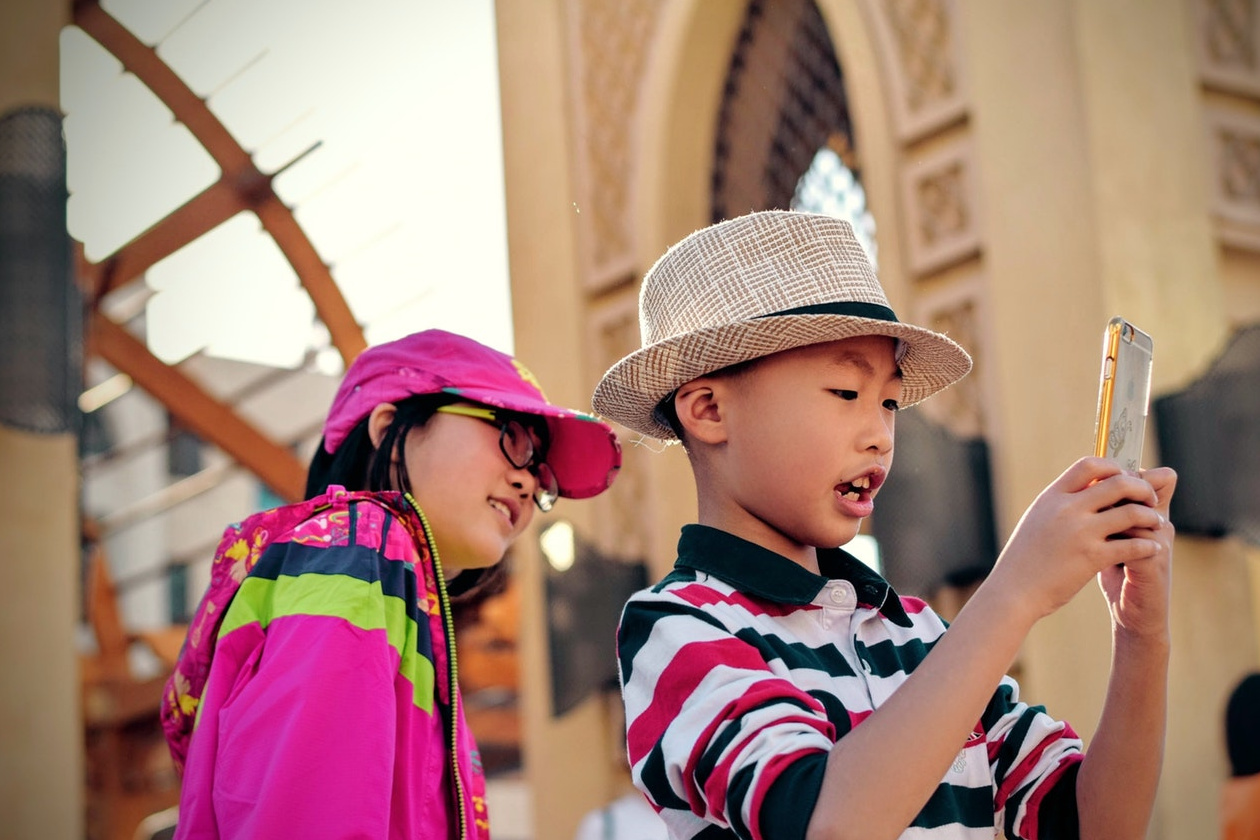Today’s ’Tweens’ are changing retail
The tweens of today have grown up on Smartphones, seasonal Frappuccinos and Instagram - all experiential attractions that contribute to accelerating fashion and shopping tends.
Friday, August 9, 2019

Combine that with their potential spending power and this generation is going to reshape retail in every category, from bras to lip balm and baked goods.
Let’s not forget that many of the products that become relevant to tweens today are products they will purchase for decades. For this reason alone, tweens should be an essential chapter in the retail playbook. Retailers must continuously adjust their strategies to fit in with the next generation of working consumers.
Here are five crucial ways in which tweens are reshaping retail:
1 Smartphones
Retailers compete with smartphones. Simple as that. Mobile devices account for 41% of all screen time for tweens, according to a report by Common Sense Media. By experiencing their formative years through the lenses of Instagram and Snapchat (on their smartphones), they’re developing appetites for fast turning, tailored engagement that also is shareable. Merchants are striving to be more relevant in this capacity of sharing experiences among younger consumers. Macy’s One Below concept in Manhattan,
for example, offers young female consumers a hair styling bar, 3-D printed accessories and smartphone charging stations. It targets 13 to 22 year old’s, but these services could easily be extended to aspirational tweens through limited events, such as parties.
2 The shopping centre is outdated
Shopping centres can be big and clunky, but a few interactive screens or virtual retail experiences could capture young imaginations without blowing the balance sheet. Consider this: shopping centre traffic from teen visitors declined by 30% from 2004 to 2014, according to the spring 2014 report ‘Taking Stock with Teens’ by Piper Jaffray Cos. The more than 7,500 respondents averaged 29 annual visits to shopping centres, down from 38 in 2007. If retailers fail to connect with tweens via digital experiences, then they are missing out in sales.
3 They are brand-agnostic
Tweens, particularly tween girls, are at the age whenthey begin to establish their own sense of style,which is influenced by social media and the internet.At the same time, they are establishing a younglifestyle and want to make their own looks to reflectit. This means they are more likely to be interestedin what is on trend and is relevant to their idols thanthe name on the label. This could be hazardous tospeciality chains, but if a key personality (such asTaylor Swift or a Kardashian sister) is wearing it oreating it, then it is a safe bet that tweens will wantit, too.
4 They are of two markets
Tweens, particularly female tweens, have strong opinions about what they wear. However, they usually shop with their mothers, who must approve the purchases. To win them both, retailers strive to carry products that meet what I’ll call modest maturity – a mix of youthful relevance and age appropriate practicality. Therefore, don’t offend the parent.
5 They don’t like seams – for anyone
At a time when we can pre-order our Caffe Americano by app, the need for speed should not be surprising. Adults do help set such expectations, but tweens tend to be more empathetic than their parents, noting ways in which the retail experience can be seamless for their peers as well as themselves. A recent study by the British department store John Lewis, for example, revealed that tweens would like to see more efficient discounting as well as language translation assistance, the latter to help global visitors.
Regardless of which market group a retailer is after, it is essential that it recognises how its members think and behave and then adapts its merchandising and marketing approaches to capture their attention. Tweens are no different than other market segments, but the way they see and experience the world is different. Recognising that purchases they make today may influence the bonds they form with brands for many years to come is not the most meaningful insight. Rather, understanding that their approach to shopping could be at the forefront of what consumerism may be in the future – that should change the way retailers head off the challenge.
From a marketing standpoint, this means inviting tweens to share their collective voice and to analyse shopper data not only for key trends, but also for what is missing. What can be learned from the items shoppers are not buying, or from the hours they are no longer visiting?
It can be surprising what the actions of a 10-year-old mean to consumerism, but it is practical knowledge for an ever-evolving industry such as retail.
